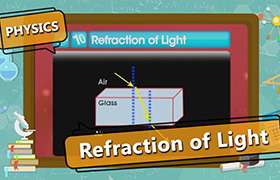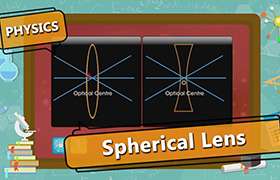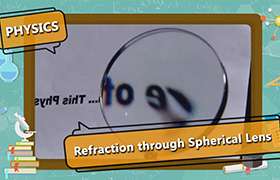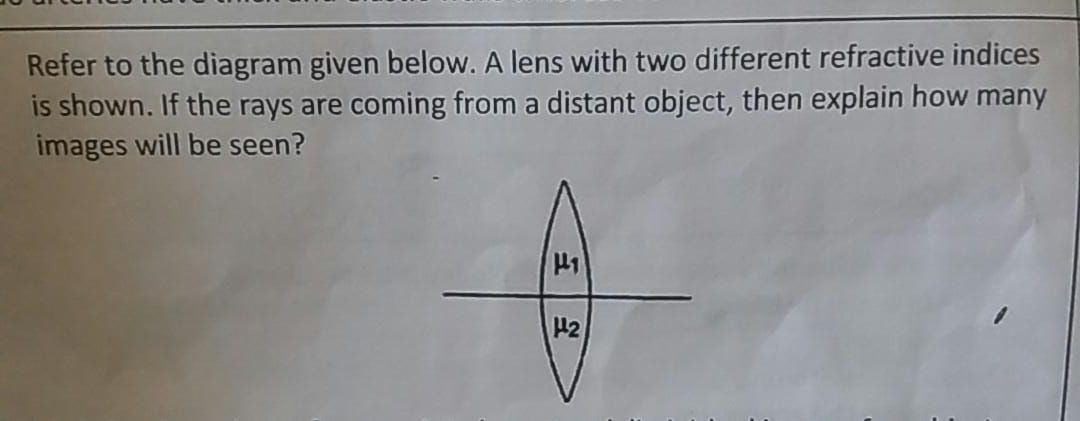CBSE Class 10 Answered
what is the difference between optical density and mass density?
Asked by Paraukkhal | 09 Feb, 2011, 11:37: AM
Dear student,
Material density is "regular" density. Take lead. It is heavy for a small volume of it; it's pretty dense. Water? Not so much. Lead sinks in it. Wood, however, floats on water (at least most kinds of wood). That's material density. Weight per unit of volume of the material. Material density.
optical density = speed of light / speed in medium
mass density = mass / volume
Optical density is a term applied to how well light passes through a material. If light is little affected passing through it, that is, if almost all the light goes through it that goes into it, it has a very low optical density. Like clear glass. Very low optical density. Start coloring the glass and less light can get through it; it has a higher optical density than clear glass. The amount of light that can get through a material is addressed in its transmittance, and the amount of light that is "blocked" by a material is addressed in its opacity.
optical density = speed of light / speed in medium
mass density = mass / volume
Hope this helps.
Team
Topperelearning.com
Answered by | 10 Feb, 2011, 03:29: PM
Application Videos
Concept Videos
CBSE 10 - Physics
Asked by agankitgupta938 | 18 Apr, 2024, 04:29: PM
CBSE 10 - Physics
Asked by infinityupgraded | 13 Apr, 2024, 08:17: AM
CBSE 10 - Physics
Asked by suryamr2019 | 08 Mar, 2024, 04:32: PM
CBSE 10 - Physics
Asked by saurabhjd527 | 30 Jan, 2024, 07:55: PM
CBSE 10 - Physics
Asked by subrasixty | 13 Jan, 2024, 05:05: PM
CBSE 10 - Physics
Asked by nandanagnair | 17 Dec, 2023, 03:44: PM
CBSE 10 - Physics
Asked by namish1088 | 16 Nov, 2023, 08:09: PM
CBSE 10 - Physics
Asked by 0 0 | 19 Oct, 2023, 03:51: PM
CBSE 10 - Physics
Asked by bubbynaik77 | 29 Sep, 2023, 09:34: PM
CBSE 10 - Physics
Asked by gurcharansingh37306 | 10 Sep, 2023, 12:53: PM












